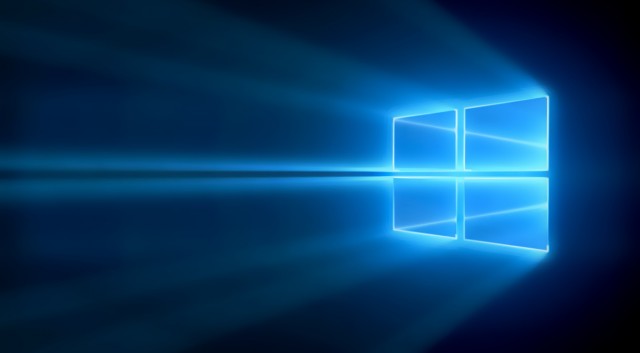
Ever since Microsoft launched Windows 10, the company has come under fire for controversial update and deployment policies.
Microsoft has been caught deploying a 6GB file download to consumers who didn’t want to download the operating system and inadvertently forced some users to upgradeearlier this year after it downloaded the files and began
the installation process. The outcry from users who either didn’t want to upgrade or couldn’t, due to software incompatibilities or other W10 problems, has been significant — but that hasn’t taught Microsoft anything. According to
a new blog post, the company will be shifting Windows 10 into the “Recommended” update category, which means that users who have automatic updates enabled will receive the software, well, automatically.
From the blog post:
Early next year, we expect to be re-categorizing Windows 10 as a “Recommended Update”. Depending upon your Windows Update settings, this may cause the upgrade process to automatically initiate on your device. Before the upgrade changes the OS of your device, you will be clearly prompted to choose whether or not to continue. And of course, if you choose to upgrade (our recommendation!), then you will have 31 days to roll back to your previous Windows version if you don’t love it.
If you are on a metered connection on Windows 7 or Windows 8.1, then you have the option of turning off automatic updates. We strongly discourage this in today’s connected world because of the constant risk of internet threats.
This is illogical almost to the point of absurdity. Users on metered connections who may not be able to afford to download Windows 10 have to choose between manually controlling updates and paying overage charges.
Meanwhile, customers who aren’t interested in the operating system will have to jump through hoops to disable the upgrade after Microsoft goes to the trouble of downloading a 6GB file for them. While the company claims users
will have the option to opt-out, people who don’t know this is coming will simply get socked with it.
I’m willing to admit, there’s a personal reason I dislike this change. I’ve long relied on Windows’ Automatic Update to handle security patching for friends and family who aren’t particularly computer savvy. Obviously I’m far from
the only person who does this, and it’s why I’ve long said that automatic security updates aren’t the problem I have with Windows 10’s other patching behaviors.
With this change, I have to choose between reconfiguring systems to leave these users unprotected or waiting until the OS actually drops and then walking them through the rejection process. The former is a bad idea, the latter
is a potential minefield, particularly with people who have a tendency to click first and only call for help once something goes wrong.
Microsoft is also adding a program to allow people who are running illegitimate copies of Windows to upgrade to a legitimate, licensed copy — but not for free.
Learn a lesson from Google Plus
The larger problem is that Microsoft is pushing their “Windows 10 is amazing” mantra in much the same way that Google tried to push Google Plus on people. When Google unveiled Google Plus, it won early accolades for being
notably different than Facebook and easier to use in several ways. It may not have set sign-up records, but I knew people who used it and didn’t mind signing up for an account myself.
In the months and years that followed, Google began aggressively positioning Google Plus as the one-stop shop for everything. First it was Google Plus results in search. Then YouTube integration. Then Google Reader and
other services were shut down or integrated into G+. At every step, Google declared that users were choosing to love G+, that these new requirements and features were for our own good, and that the end result would be better service.
The more Google pushed G+ on people, the harder people pushed back. If Microsoft isn’t careful, it’s going to destroy the positive buzz around Windows 10 through similar means.
